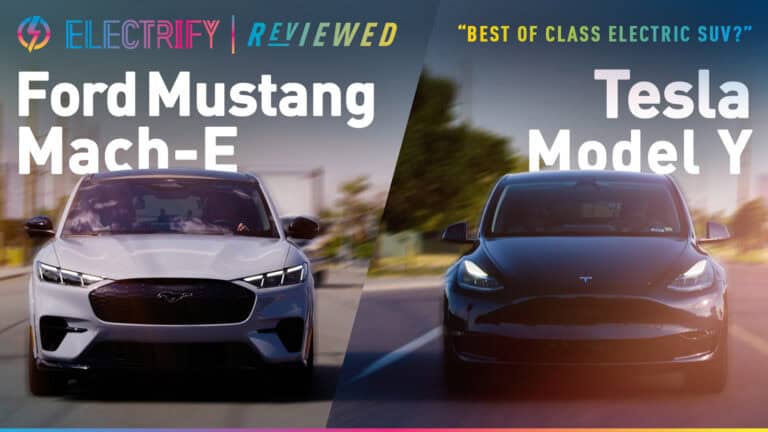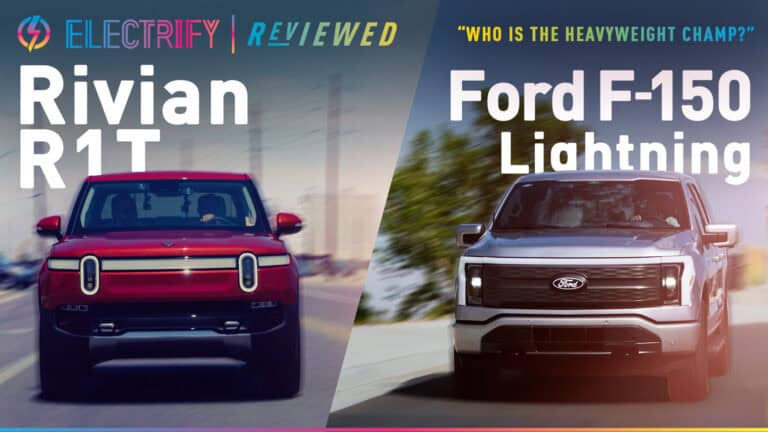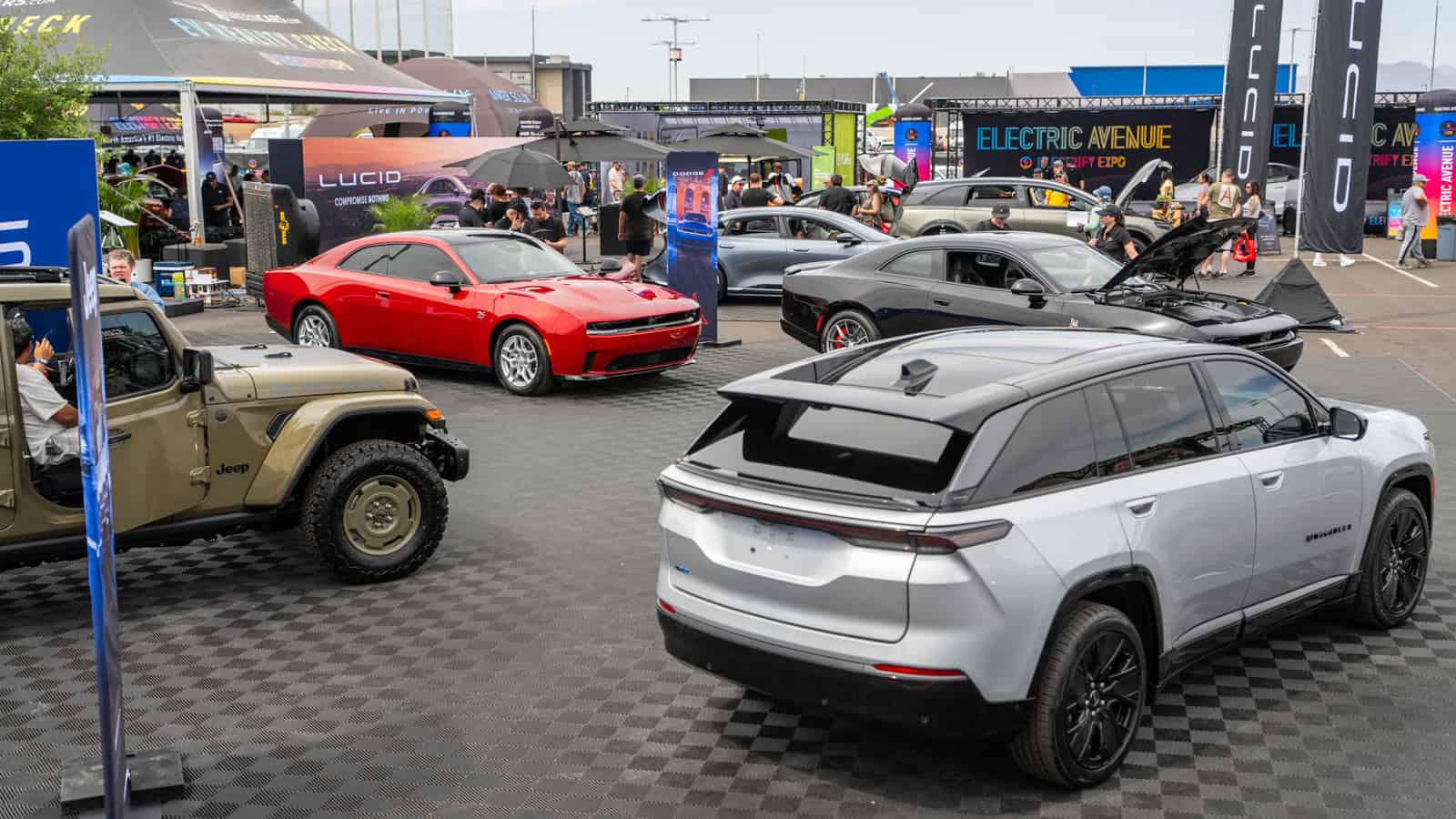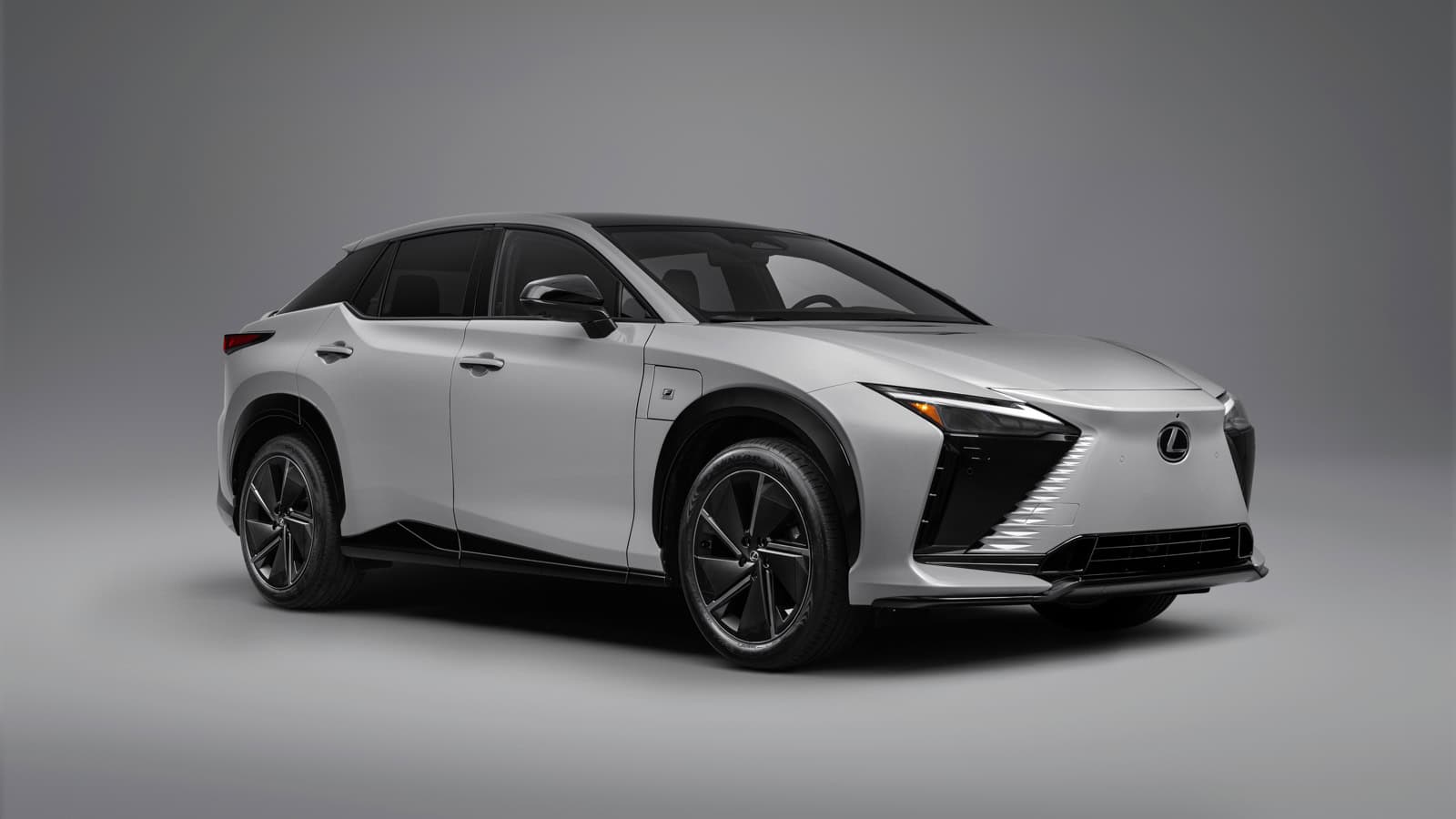- EPA announced new emission standards that will incentivize investments in clean transportation and reduce harmful air pollution.
- Proposed standards cover light, medium, and heavy-duty vehicles and could reduce cumulative CO2 emissions by 7.3 billion metric tons from 2027 through 2055.
- The EPA estimates that the proposed standards could result in projected net benefits of $1.6 trillion for light and medium-duty vehicles and $320 billion for heavy-duty vocational vehicles.
The Environmental Protection Agency (EPA) has just announced new federal emission standards for vehicles that will pave the way for cleaner and greener transportation. This is great news for the planet, especially considering that vehicles are some of the biggest contributors to greenhouse gas pollution.
The EPA has set the bar high, but they know they can’t do it alone. They need engagement from stakeholders to create durable rules that will deliver on the public health promise to the American public. According to Sarah Dunham, Director of the Office of Transportation Air Quality, “Having the opportunity to work on both of these rules being announced today is the honor of a lifetime.”
Cut CO2 Equivalent to Removing 4 Years of US Transport Emissions
The first set of proposed standards focuses on light and medium-duty vehicles, building on existing standards for passenger cars and light trucks for model years 2023 through 2026. This proposal is expected to reduce cumulative CO2 emissions by 7.3 billion metric tons from 2027 through 2055, equivalent to eliminating all greenhouse gas emissions from the entire current United States Transportation sector for four years.
Performance-Based Standards for Heavy-Duty Vocational Vehicles, Cutting CO2 Emissions by 1.8 Billion Metric Tons
The second set of proposed standards would apply to heavy-duty vocational vehicles such as delivery trucks, dump trucks, public utility trucks, and transit school buses. The heavy-duty proposal uses performance-based technology standards that enable manufacturers to achieve compliance efficiently based on the composition of their fleet. The EPA estimates that this proposal would reduce vehicle emissions of CO2 by 1.8 billion metric tons from 2027 through 2055.
EPA Administrator Michael Regan Announces New Technology Standards to Combat Climate Crisis and Improve Air Quality Nationwide
As EPA Administrator Michael Regan notes, “New technology standards will help us to meet international commitments for combating the climate crisis while improving air quality for communities all across the country, especially our communities that have long borne the burden of air pollution.”
The EPA’s proposed pollution technology standards for vehicles align with President Biden’s historic investment in America and demonstrate the EPA’s commitment to protecting the health and well-being of every single person on this planet. This is an important step towards a cleaner, healthier, and more sustainable future for everyone.
We’re one step closer to achieving our goal. As Regan notes, “This is the honor of a lifetime, and I am proud to be a part of it.”
Watch: Accelerating a Clean Transportation Future

SOURCES | IMAGES: EPA
FTC: We use income-earning auto affiliate links. Learn more.











